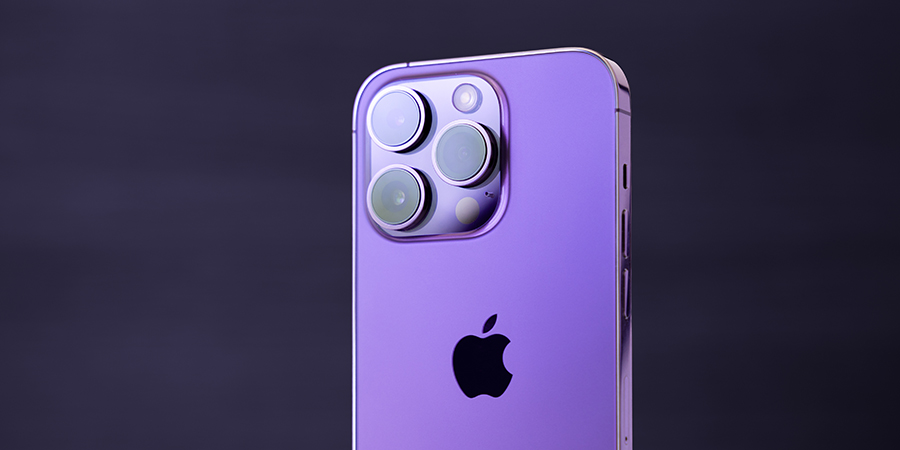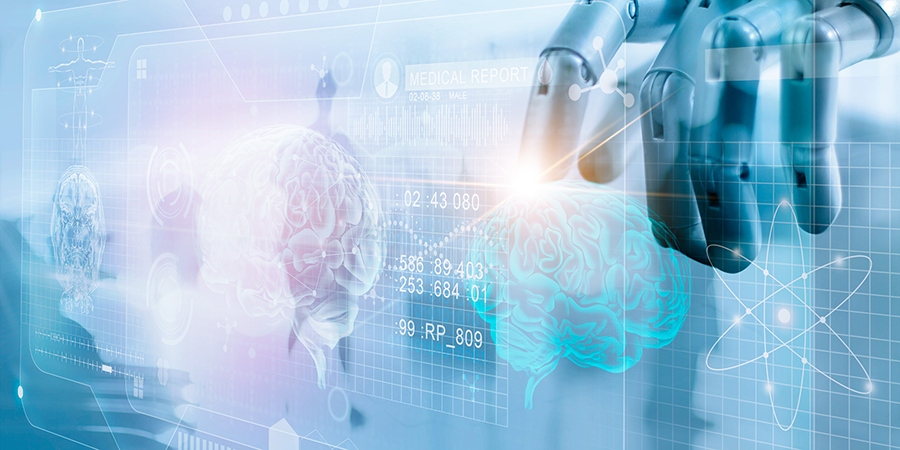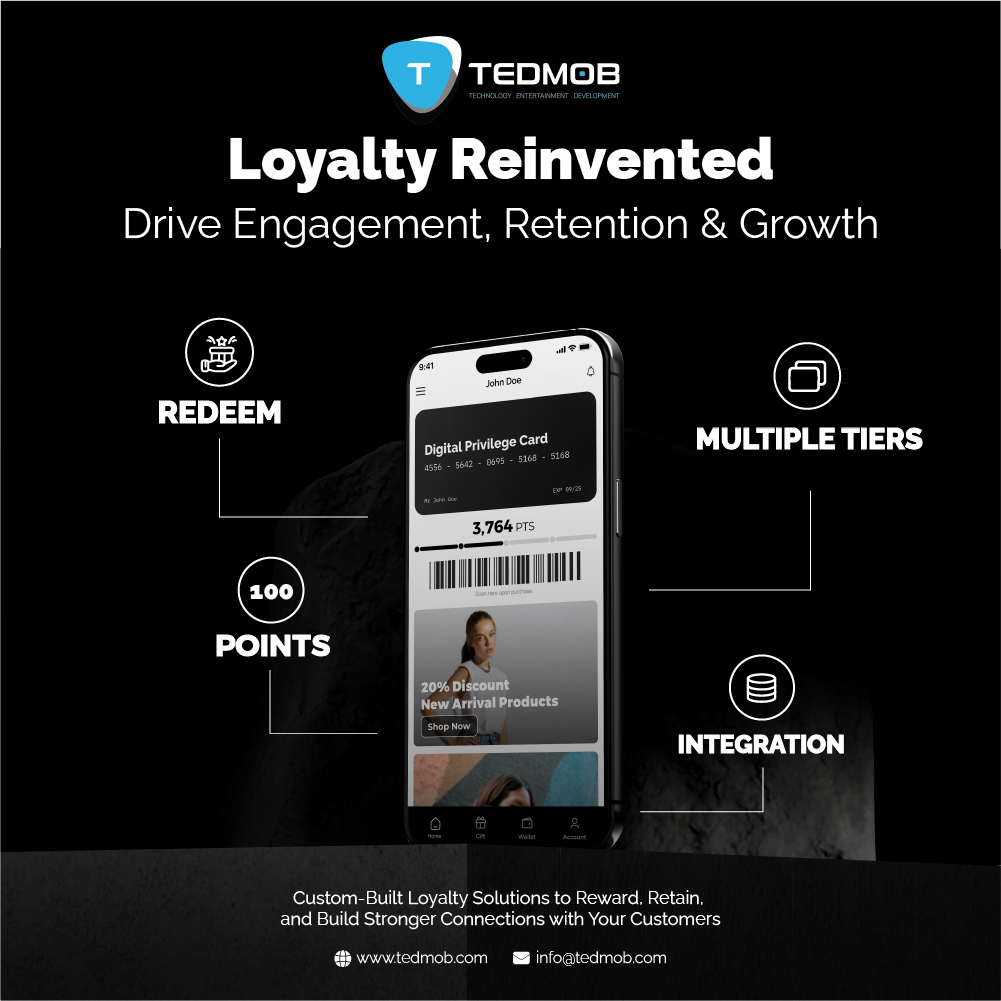After seven years of hard work developing its latest jewel of a product, Silicon Valley superstar Apple has introduced its irresistibly sleek mixed-reality headset that could throw cold water on the “metaverse” dream propagated by rival Meta.

Technology Pick
Failure in Automotive Cybersecurity Caused Decade-Long Data Breach
Auto giant Toyota Motor Corp. has confirmed a decade-long data breach, spanning from November 2013 to April 2023, via its Toyota Connected service, affecting 2.15 million customers. Due to the lack of an active detection mechanism, anyone had access to vehicle information without a password.
FPT to Construct Ground-Breaking Cable Connecting Vietnam to Asia Link Network
Vietnamese tech firm FPT is set to revolutionize connectivity with a new cable linking Vietnam to the undersea Asia Link Cable. With an investment of US$26 million, FPT plans to recover costs within nine years. The high-speed Asia Link Cable spans 6,000 kilometers, connecting Hong Kong, mainland China, the Philippines, Brunei and Singapore at 18 terabits per second (tbps). FPT Telecom will establish a connecting station in Da Nang City, while the state-owned VNPT will install the SJC2 cable in 2024. In addition, Viettel has unveiled a remarkable undersea cable costing US$290 million, stretching 9,800 kilometers with a capacity of over 140 tbps.
As Generative AI Feeds on Chips, Makers’ Profits Swell
Nvidia, a US firm specializing in semiconductors crucial for the growth of artificial intelligence, almost made it to a trillion-dollar market valuation after the company exceeded past quarterly earnings expectations.
For Smartphones, the “S” Is for Spying
Smartphones are the main hub of our online lives, making them a common target for hackers. There are three main types of threats mobile users face: malware apps, adware and spyware. A recent study found that spyware apps for Android phones are difficult to detect and remove and can leak sensitive personal information. Spyware is software that monitors a device’s content and programs that harness a device’s internet bandwidth for use in a botnet to send spam or phishing screens that steal a user’s login when entered into a compromised but otherwise legitimate app.
Oman's AI Lab Hailed as a 'Champion Project' at WSIS 2023
WSIS Forum 2023: Under the category of E-Science, the artificial intelligence (AI) laboratory at the University of Technology and Applied Sciences in Sohar was chosen among the 72 winning projects out of 900 submitted worldwide.
Launch of iPhone 15 Could Be Delayed. But for What Reason?
According to a tech analyst, the iPhone 15 and iPhone 15 Plus are expected to incorporate a rear camera with a three-stacked sensor. This component could delay the release date of the smartphone. It was earlier this year that Apple announced that it would abandon the 12 MP sensor.
AI and the Early Detection of Mental Disorders
Work is underway to create anxiety and depression prediction models using AI and Twitter that could help detect signs of these illnesses before clinical diagnosis. Researchers from Brazil have suggested the possibility of detecting the likelihood of a person developing depression based on their social media interactions and following patterns. The machine-learning algorithm analyzed sequences of words and complete sentences and observed that people with depression tended to write in first-person POV about subjects connected to themselves as well as topics such as death, crisis and psychology. More studies will likely be undertaken to unlock this potentially predictive connection.
Are You a Beneficiary of Starbucks Deposits?
If Starbucks were a bank, it would be bigger than 90% of institutions covered by the US Federal Deposit Insurance Corporation by deposit size, with a new model of banks. It is not a place for customers to reserve money for cash withdrawals. Its reserve can be applied to coffee and small snack orders only.
A Smart Start: The Future of Digital Wearables
Wearable technology, such as smartwatches and fitness trackers, has become increasingly popular in recent years. However, the future of wearable technology lies in the development of smart clothing, smart implants and smart patches. Smart clothing incorporates sensors and electronics into fabric to create garments that can track biometric data and environmental factors. Smart implants can provide continuous monitoring of various biometric data, such as blood glucose levels. Smart patches can provide continuous monitoring of biometric data, such as heart rate.

















